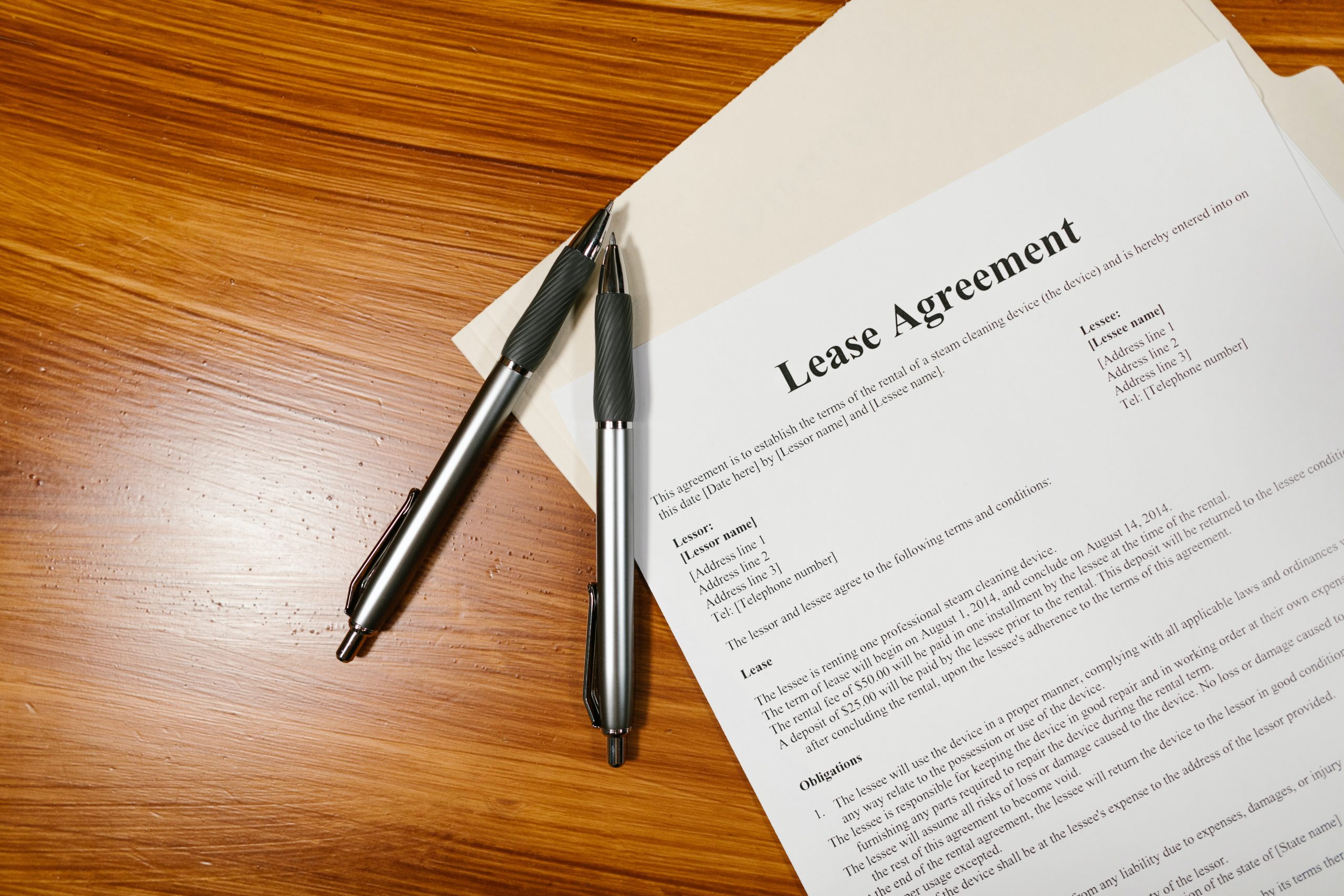
The residential lease has an important task to fulfill. As a legal contract, it should outline the terms and conditions and obligations that will govern the landlord/tenant relationship.
The lease or rental agreement must contain “the basics,” including—
-
- A description of the property
- The names of the occupants
- The terms of the lease
- The monthly rent payment
- Maintenance policies and procedures
This basic information seems both obvious and straightforward, a no-brainer if you will. But the more each of these basics is fleshed out with details and specifics, the fewer the hassles that will interrupt the landlord/tenant relationship in the future.
So, let’s take a deep dive into the details that will make a rental agreement the most effective tool that it can be.
#1 – The description should specify the type of property being rented—apartment, house, duplex, townhouse—and the dwelling’s complete address, including the building or unit number, street name, town, state, and ZIP code. If parking space(s) or a storage area is included, detail that information in this section. Go a step further to include areas where parking is not allowed.
#2 – Every person aged 18 or older, including both members of a married or unmarried couple, should be named as tenants of the property. And each should sign the lease or rental agreement. It offers ‘insurance’ to the landlord, as each tenant is legally responsible for the rent and each of the other terms of the lease. Should one tenant move out or fail to pay the rent, the other tenants are legally responsible for the entire amount.
This is where you should include an occupancy clause stating that only the official tenants and their minor children may reside in the rental unit. Be sure to include a stipulation that “guests” (anyone who is not officially a tenant) may stay no longer than a specified number of days. State that violations of this clause may result in termination of the lease.
#3 – What if the tenant chooses to move out two months before the end of the lease? Establish the procedures and fees that will be associated with “breaking” the lease.
#4 – Rent is $1200 a month. Simple and straightforward, right? But what if the payment is late—two days, a week, a month? What if the tenant’s check is returned “insufficient funds”? Detail the fees established for late payments and bad checks along with the amount of rent. Establish and state acceptable forms of payment—cash, check, money order, credit card—as well as the time and place the payment can be received and by whom. Include details for online payments.
And don’t forget the deposit. State the amount, note what the deposit covers, and if/how the tenant can expect to get that money back. For example, does it cover the last month’s rent? Is a portion of it considered a “cleaning deposit” that will be used to ready the unit for the next tenant? And therefore, non-refundable regardless of the property’s condition at the time of move out?
#5 –Be proactive and detailed concerning who is responsible for what as far as general upkeep and maintenance. Include the specifics about lawn care, weatherproofing, appliance maintenance, damage, etc. Establish a procedure for reporting maintenance concerns that include current contact information and the preferred method of communication.
Protect yourself and prevent an abundance of hassles by incorporating these relevant details into your rental lease.
About Rentals America
Rentals America provides full-service property management for residential rental properties. Our team is completely dedicated to property management and we’re here to help landlords navigate the rental market.










